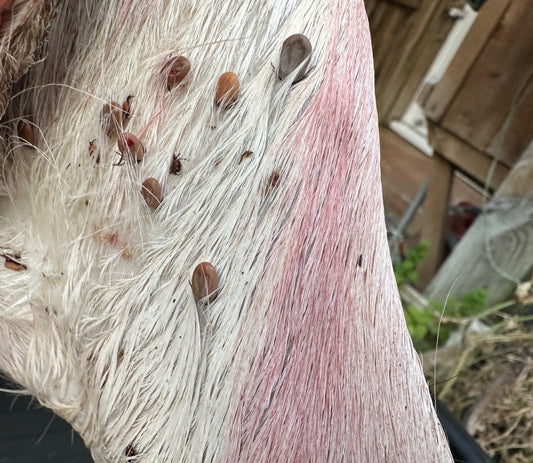In the United Kingdom, managing deer populations within woodland areas and estates demands a rigorous approach to risk assessment. This necessity stems from the multifaceted challenges that arise when balancing deer welfare, ecological sustainability, and human safety. At Wildscape Deer Management, our methodology for conducting these assessments is designed to address the specific needs and considerations of land managers, estate owners, and deer managers, focusing on the practical aspects of wildlife management in the UK.
Initial Site Visits: Laying the Groundwork
The starting point for effective deer management is a comprehensive site visit. This crucial step allows us to evaluate the terrain, understand the deer population's behaviour and habitat use, and identify any immediate risks. These risks include natural obstacles, areas of high deer activity, and signs of potential human-deer conflict.
Machinery in Woodland Projects
A significant concern during our risk assessments is the presence of large machinery in woodland areas, often used for forestry operations or land management tasks. The operation of heavy machinery not only poses a risk to the safety of the deer but also to deer managers and forestry workers. Identifying operation schedules and establishing clear communication channels with machinery operators are essential steps in mitigating these risks.
Public Access and Trespassing Concerns
The UK's woodlands are crisscrossed with public footpaths, and while these provide valuable access for recreation, they also introduce complexities into deer management efforts. Our assessments meticulously map these footpaths, including noting unofficial paths that, although not legally sanctioned, are frequented by the public. Managing the risks associated with public access—such as accidental disturbance of deer during management activities or the safety of the public during culling operations—requires careful planning and clear signage to inform and protect both the public and wildlife.
Annual and Responsive Assessments
Given the dynamic nature of woodland environments and deer populations, risk assessments are not a one-time task. They are conducted annually or whenever there are significant changes to the ground, such as new forestry operations, alterations in public access routes, or changes in deer behaviour and population dynamics. This ongoing process ensures that deer management strategies remain relevant, safe, and effective.
Conducting Risk Assessments
Our risk assessments are thorough, covering everything from environmental factors to operational and public safety considerations. We examine the potential impact of deer on the land, such as browsing damage to young trees or crops, and assess the risk of deer-vehicle collisions in areas adjacent to roads. The outcome of these assessments informs our management plans, ensuring they are both practical and considerate of all stakeholders involved.
Reporting and Documentation
Documentation is a key aspect of our risk assessment process. Detailed reports are generated to record findings, inform management strategies, and serve as a basis for communication with landowners, regulatory bodies, and other stakeholders. This documentation is also crucial for compliance with wildlife management regulations and standards.
Conclusion
Risk assessments are a cornerstone of responsible deer management in the UK. They enable land managers, estate owners, and deer managers to make informed decisions that balance the health and welfare of deer populations with the safety and interests of human stakeholders. By adhering to a structured assessment process, Wildscape Deer Management ensures that its practices are safe, sustainable, and aligned with the best interests of both the wildlife and the communities we serve.




